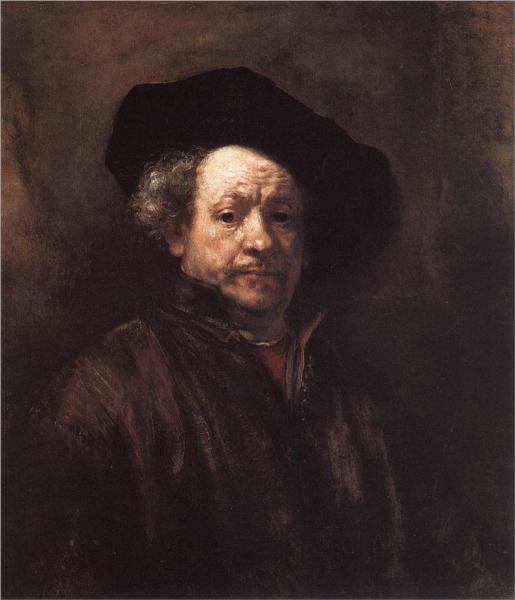
- A musician must make music, an artist must paint, a poet must write, if he is to be at peace with himself. What a man can be, he must be. [Abraham Maslow]
- Man’s main task in life is to give birth to himself, to become what he potentially is. [Erich Fromm]
Real
True Narratives
Book narratives:
- Richard J. Lowry, ed., Dominance, Self-Esteem, Self-Actualization: Germinal Papers of A.H. Maslow (Thomas Brooks/Cole, 1974).
- Abraham H. Maslow, The Farther Reaches of Human Nature (Viking Press, 1971).
- Abraham H. Maslow, Maslow on Management (Wiley, 1998).
- David W. Johnson, Reaching Out: Interpersonal Effectiveness and Self-Actualization (Allyn & Bacon, 2008).
- Binyavanga Wainaina, One Day I Will Write About This Place: A Memoir (Graywolf Press, 2011): a man who thought his only talent was reading discovers his talent for writing.
- Edward Enninful, A Visible Man: A Memoir (Penguin Press, 2022): “He walks readers from his childhood in the coastal city of Tema, Ghana — where he fell in love with clothes while watching his seamstress mother build a successful dressmaking business — to his teenage years modeling in London, to becoming the youngest-ever fashion director at i-D Magazine at just 18, to his role today as one of the most important figures shaping fashion, media and culture.”
Technical and Analytical Readings
Photographs
Documentary and Educational Films
Imaginary
Fictional Narratives
Poetry
Music: Composers, artists, and major works
Though naturally shy and introverted, Ella Fitzgerald is widely considered to be the quintessential jazz singer. She mastered her culture's chief musical form, putting her own spin on it with her technique of scat singing. “She could sing sultry ballads, sweet jazz and imitate every instrument in an orchestra.” In realizing her full potential, she set the standard for others. . Here are links to her releases, playlists, her songbook recordings, live recordings, a biography film, and documentary films. Live appearances include:
- Live in Australia (1960)
- An evening with Ella Fitzgerald and Roy Eldridge (1964)
- Duke Ellington Orchestra & Ella Fitzgerald Trio, Live in Milan (1966)
- Live in Berlin (1968)
- Live at Montreux (1969)
- Live (1974)
- Duets in Hanover with Joe Pass (1975)
- Live at the North Sea Jazz Festival (1979)
In the same vein is Jazzmeia Horn, with a style similar to Ella Fitzgerald’s. Here are links to her playlists. Her albums include “Dear Love” (2021) (62’), with her Noble Force. Live appearances include:
- Live from St. Louis in 2019;
- Love and Liberation, 2020; and
- Live from Emmett’s Place (Vol. 37) in 2020.
Ambrose Akinmurise is a jazz trumpeter who plays with quiet self-assurance, in a strong, confident voice, without being showy or overbearing. “Motivated primarily by the spiritual and practical value of art, Akinmusire wants to remove the wall of erudition surrounding his music. He aspires to create richly textured emotional landscapes that tell the stories of the community, record the time, and change the standard.” He gives plenty of room for other voices to speak with him, or while he remains silent. Here is a link to his playlists.
Robert Schumann, Kreisleriana, Phantasien für das Pianoforte, Op. 16 (1838) (approx. 27-34’), consists of eight fantasies for solo piano. Schumann said that he composed it in only four days, perhaps when he was at the height of his romantic attraction to Clara Wieck, a top concert pianist and composer in her own right, who would become his wife. Of the work, Clara wrote in a letter to Robert: “Sometimes your music actually frightens me, and I wonder: is it really true that the creator of such things is going to be my husband?” The work is a tour de force of artistic brilliance, both in its technical mastery and in its emotional range. Here are performances by Cortot in 1935, Argerich in 1983, Horowitz in 1986, Lupu in 1993, Pollini in 2001, Buchanan in 2005, Grosvenor in 2023, Grimaud in 2023, and Neumann in 2023.
- Poèmes érotiques, Op. 9 (approx. 11’);
- Piano Sonata, Op. 11 (approx. 17’);
- 3 Etudes, Op. 18 (1921) (approx. 12’);
- For the First Time (approx. 21’);
- Symphonic Rhapsody, Op. 14 (approx. 10’);
- Variations on a Theme of Youth (approx. 12’); and
- Concerto da Camera for piano and string quartet (1917) (approx. 15’).
Other works:
- Franz Liszt, Ce qu’on entend sur la montagne (“What One Hears on the Mountain”) (“Bergsymphonie”) (Poème symphonique No. 1), S. 95 (1850) (approx. 28-31’)
- Franz Schreker, Der Ferne Klang (The Distant Sound) (1911) (approx. 138-140’): a young woman challenges her lover to compose a great work of music – find the distant sound – before she will marry him. He succeeds.
- Robert Fuchs, Piano Sonata No. 1 in G-flat Major, Op. 19 (1877) (approx. 35’)
- Raga Jogeshwari (Jogeswari) is a Hindustani classical raag for late evening, composed by Ravi Shankar. Performances are by Ravi Shankar, Ravi Shankar, Adhithi Ravichandran, Shahid Parvez Khan, and Shahid Parvez Khan.
- Charles-Marie Widor, Symphony No. 8 in B Major, Op. 42/4 (1887) (approx. 50-56’); 1901 edition (approx. 54’)
- Aaron Copland, Piano Sonata (1941) (approx. 24’): “I think of the sonata as dramatic—a kind of play being acted out with plenty of time for self-expression. It seems to me that my Piano Sonata follows that idea. It is a serious piece that requires careful and repeated study. There is considerable dissonance in it, yet the work is predominantly consonant.” [the composer]
Music: songs and other short pieces
- Phil Collins, “True Colors” (lyrics)
Visual Arts
- Pierre-Auguste Renoir, Self-Portrait (1910)
Film and Stage
- Anna and the King of Siam, about a British woman who stands up for herself to an autocratic king. Jodie Foster starred in a later version. The King and I is the musical comedy version.
- Coal Miner’s Daughter, the life story of country singer Loretta Lynn
- Pinocchio: a puppet comes to life